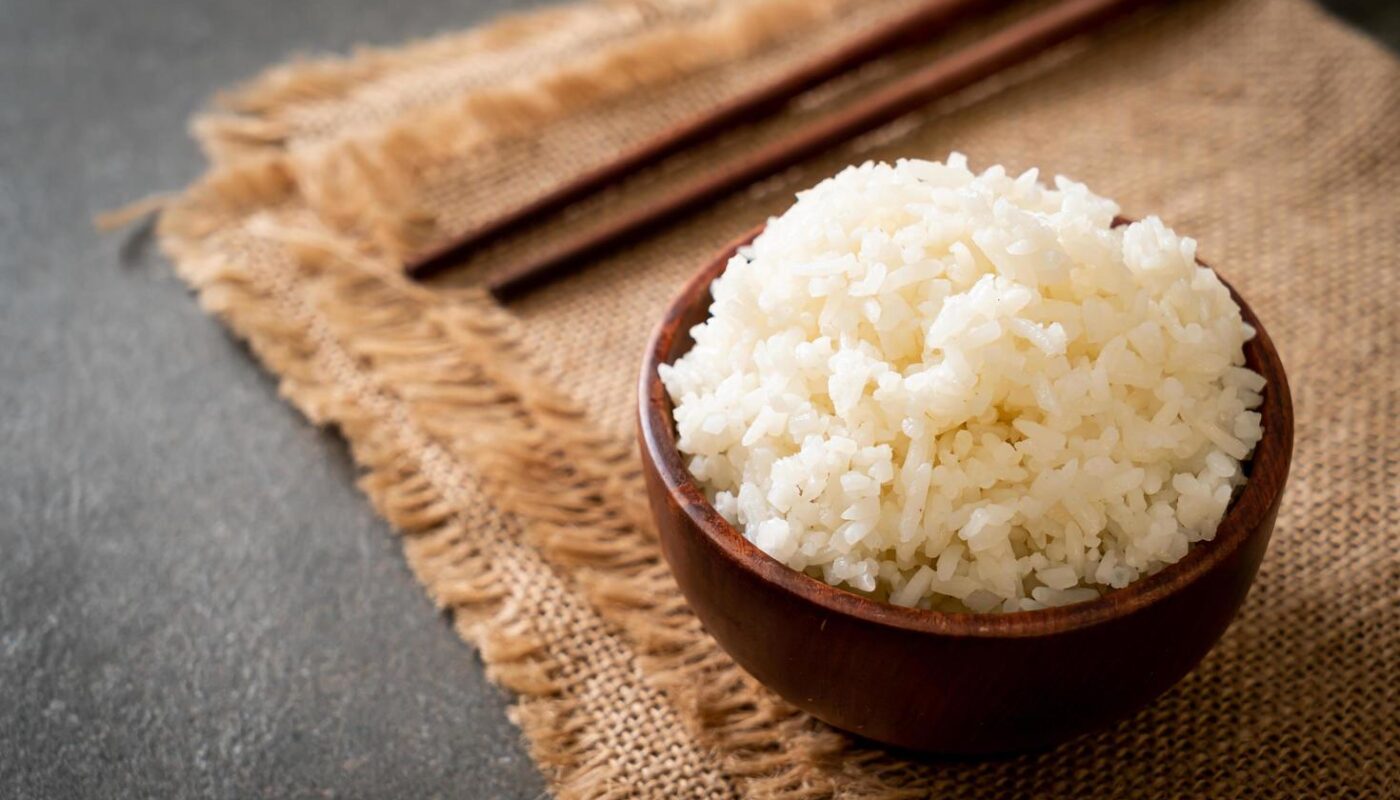Many people are intrigued by the art of sushi making. The most crucial part of sushi is undoubtedly the rice. Understanding sushi rice expert secrets can elevate your sushi-making skills to new heights. Whether you are a novice or have some experience, mastering these secrets will help you create sushi that rivals that of top chefs.

Understanding Sushi Rice
Sushi rice is unique. It is not just any rice; it requires special attention and techniques. The perfect sushi rice should be sticky enough to hold the shape of the sushi but not so sticky that it becomes mushy.
Types of Rice Used in Sushi
Traditionally, sushi rice is made from short-grain Japanese rice. This type of rice is different from other types of rice due to its higher starch content, which gives it the perfect stickiness. For more information on different types of rice, you can visit the Rice Association.
For a detailed comparison, you may want to explore the difference between sushi rice and medium grain rice.
Importance of Rice Quality
The quality of rice plays a significant role in the final taste and texture of sushi. It is crucial to choose high-quality rice for the best results. Poor-quality rice can lead to unsatisfactory sushi.
Preparing the Perfect Sushi Rice
Washing the Rice
One of the sushi rice expert secrets is to wash the rice thoroughly. Washing removes excess starch, which can make the rice too sticky. Rinse the rice in cold water until the water runs clear.
Cooking the Rice
Cooking sushi rice is an art. It requires the right amount of water and precise cooking time. Using a rice cooker can help achieve consistent results. For perfect sushi rice, use a 1:1.25 ratio of rice to water.
Seasoning the Rice
Seasoning is what gives sushi rice its distinct flavor. A mixture of rice vinegar, sugar, and salt is typically used. The key is to mix it with the rice while it is still warm, allowing the flavors to absorb fully.
Tools and Techniques
Using a Rice Cooker
A rice cooker is an essential tool for achieving consistently perfect sushi rice. It ensures even cooking and eliminates the guesswork involved in timing and temperature. For insights on using a rice cooker, you can visit this guide.
Traditional Techniques
While modern tools are convenient, traditional techniques can also yield excellent results. Cooking rice on the stovetop requires more attention but can produce great rice if done correctly. The key is to maintain a steady simmer and avoid stirring the rice during cooking.
Common Mistakes and How to Avoid Them
Overcooking the Rice
Overcooking can lead to mushy rice, which is unsuitable for sushi. It is important to monitor the cooking time and remove the rice from heat as soon as it is done.
Not Using the Right Tools
Using the wrong tools can result in uneven cooking. Invest in a good-quality rice cooker or learn the art of stovetop cooking to ensure the best results.
Serving and Storing Sushi Rice
Serving Tips
Sushi rice should be served at room temperature. If it is too hot, it can affect the texture of the sushi; if too cold, it can become hard.
Storing Leftover Rice
Leftover sushi rice can be stored in an airtight container in the refrigerator for up to two days. It is best to consume it fresh for the best taste and texture.

FAQ
Why is the right rice important for sushi?
The right rice ensures the sushi holds together and has the correct texture and flavor.
Can I use regular rice for sushi?
Regular rice lacks the necessary starch content and stickiness for authentic sushi.
How do I fix overcooked sushi rice?
Unfortunately, overcooked rice cannot be fixed. It’s best to start with a new batch using the correct water ratio and cooking time.
For more detailed insights, explore this comparison of sushi rice and Arborio rice.
This article contains affiliate links. We may earn a commission at no extra cost to you.



